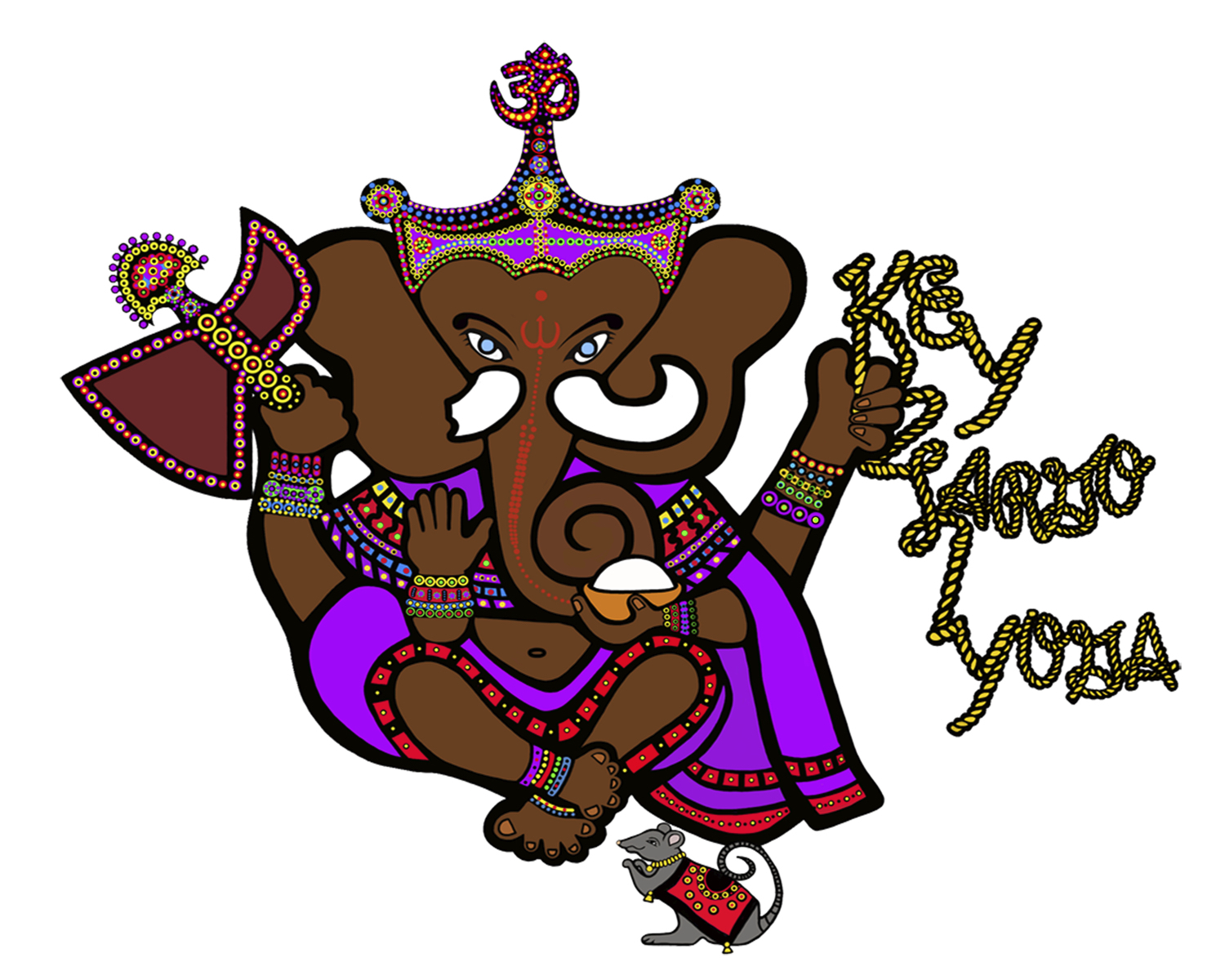Root to Rise


While taking a yoga class, you may have heard a yoga teacher say “root to rise” when you’re in, say, Downward Facing Dog pose. When I first started yoga, I had no idea what this phrase meant (likely because it took all my focus just to hold the downward dog for what felt like an excruciatingly long period of time!). But as I have progressed in my yoga practice, that phrase has helped me to feel more stable in many poses, both on and off the mat.
From an asana perspective, the more we “root” ourselves into a pose, the more stable and solid the pose will be. For example, in Downward Dog, many people (myself included) tend to dump all of their weight into the heels of their hands (where the wrist meets the palm). What is the harm in that, you may ask? Well, that places tremendous strain on your wrist, and if repeated over time, you could develop a wrist injury that can seriously impede your practice (among other very important daily activities). Another problem is that you’re less physically stable this way. Meaning, if someone were to walk by you and bump into you while you’re in your Downward Dog, you might wobble and even fall out of the pose.
BUT – if you are truly rooting through your hands, you would be pressing into 1) all corners of your palms, and 2) each knuckle of each of your fingers. (If that sounds weird, try it really quickly – see how different it feels! And how you really have to focus to do this rooting work – it doesn’t usually come automatically to most people.) So truly, the goal is to root the entire hand into the mat. That way, if someone accidentally brushes by you, you have already placed yourself so solidly on your mat that you are far less likely to fall over. (Obviously the likelihood of someone just casually walking by and pushing you while you’re in a Down Dog is very low, but hopefully it illustrates the principle adequately here.)
The same principle applies to every pose. In fact, we tend to think of Mountain Pose (tadasana) as the cornerstone of all other poses in yoga. Why? Because the orientation and activation of muscles and bones in this pose apply to every other pose. For example, you can think of Downward Facing Dog as Mountain Pose, except your hips are sticking up into the air. You can think of Tree Pose as Mountain Pose, except balancing on one foot. Aside from the basic variations, everything else is the same as in Mountain Pose (e.g., navel drawn in, lower ribs tucked in, shoulderblades down the back, kneecaps lifted, thigh muscles activated, etc.) Because Mountain Pose requires grounding of the feet firmly into the earth, you can think of it as the ultimate representation of root-to-rise, because the more firmly you are planted on your mat, the more stable you will be in the pose (and in all other poses).
What I love most about this “root-to-rise” phrase, is how beautifully it translates to life off the mat. To be able to reach up toward the sky, sometimes we have to sink our roots more deeply into the earth (gives a new meaning to “coming back down to earth” during tough times!). But, if we didn’t have such deeply-set roots, any attempts to reach skyward for joyful experiences would be stopped short – simply because any slightly-powerful gust of wind could uproot our poor tree. Therefore, those times of difficulty that coax our roots even further into the earth are instrumental in laying the groundwork (literally) for us to then reach up with our branches even higher than before, with greater stability and confidence in our ability to stay upright.
As unpleasant as the rooting can be sometimes, it is truly key to not only our survival, but to our ability to thrive as human beings! So if you are in a place of deep rooting, try your best not to despair. Rather, it may even be a cause to quietly celebrate, as rooting a sign that you’re laying the groundwork necessary to rise higher up ahead.
[whohit]blog-roottorise[/whohit]
